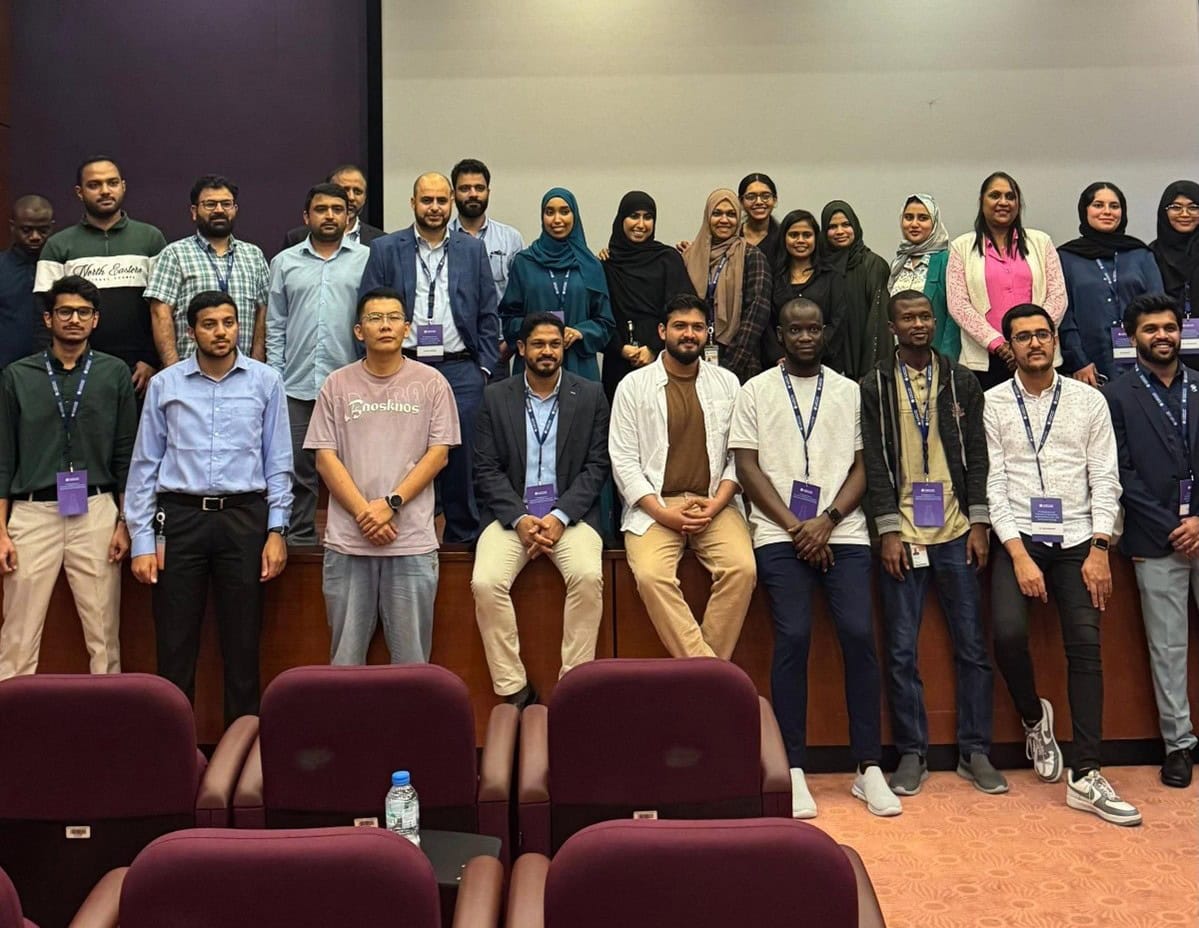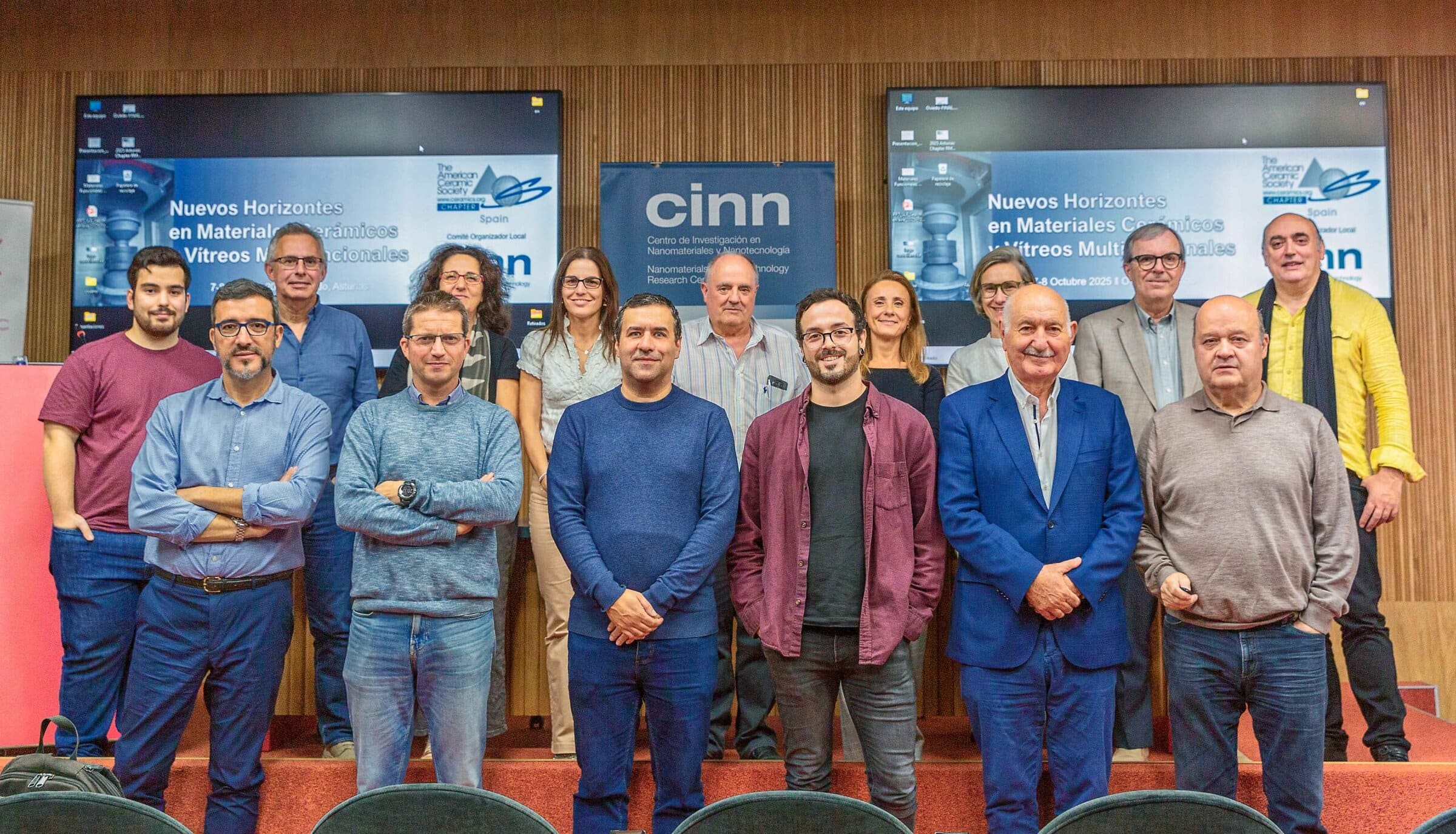Tuesday evening’s poster session. Credit: Fei; ACerS.
Today (Tuesday) began with the ACerS Glass and Optical Materials Division George W. Morey Award lecture. George W. Morey is famous for his systematical study on the properties of various glasses, and is a pioneer in glass research. This year the award went to Denise M. Krol from University of California, Davis for her contribution in lasers and optical materials. I appreciate the idea to name awards after those greatest scientists or have honorary sessions. It is a perfect way to show respect and acknowledgement to scientists for their outstanding accomplishment and tremendous contributions to the world, and it is great encouragement for current and future researchers.
I spent most of the rest of the day in the rechargeable battery materials session because it is highly related to my work. Although a lot of research has been done on lithium ion batteries, our understanding of performance decrease and the influence of interface is still limited. The invited talks given by the two chairs

Daniel Abraham from Argonne National Laboratory presents his research on lithium-ion batteries. Credit: Fei; ACerS.
in the battery session have been very informative. In the morning Daniel Abraham from Argonne National Laboratory vividly presented his research idea via a universal logic suitable in many areas: phenomenon observed, questions raised, experiments done, and solution found. Specifically, they found that when electrode materials are assembled in full cells, their capacity is far lower than the capacity tested in half cells. To find out what the limiting factor is, they took out the anode and cathode materials from tested full cells and reassembled them in half cells. They ended up with the result that the capacity of the anode material—graphite—decreased dramatically but the cathode material remains high capacity. This finding led to their conclusion that lithium ions from the cathode are trapped inside graphite. Finally, they came up with the solution—coating cathode material to reduce dissolution of positive elements. It clearly demonstrated the basic phases in research.
This afternoon, Shirley Meng from University of California, San Diego, chair of the session, delivered a lot of information on interface study and introduced some frontier technologies for interface characterization. Some research work in her lab was similar to that presented in another talk on oxygen reactions given by Sunny Hy from National Taiwan University of Science and Technology. Because of the creativity of this work, there are some unclear parts. When asked about those controversial parts, they only offered what they know or gave their best guess and were happy to further discuss with the audience.
I like the honesty towards science. Yet, sometimes new ideas are not easily proven or accepted. It is not necessary to worry about the controversy aroused from your research because many times research itself grows out of controversy. Before knowing the truth, everyone is classified as an explorer. Thus, the purpose of conferences is for people to communicate, ask questions, and learn from each other rather than to compete for which group is the best.
The day closed with student poster session, which attracted most of the conference attendees. Poster sessions are a good complement to lectures. Lectures are one speaker talking to a massive audience, while posters sessions usually are one to one. Therefore, it is not easy to miss something in the poster session as you have enough time to ask questions. This poster session indeed turned out to be very successful. The entire ball room was filled with joyful ‘noise’ from intense discussions. Some presenters even used their Ipad next to the poster to show dynamic experimental results.
What a wonderful day. I was touched by the passion and attitude of the PACRIM attendees for science.
Spotlight Categories
- Meeting Highlights



